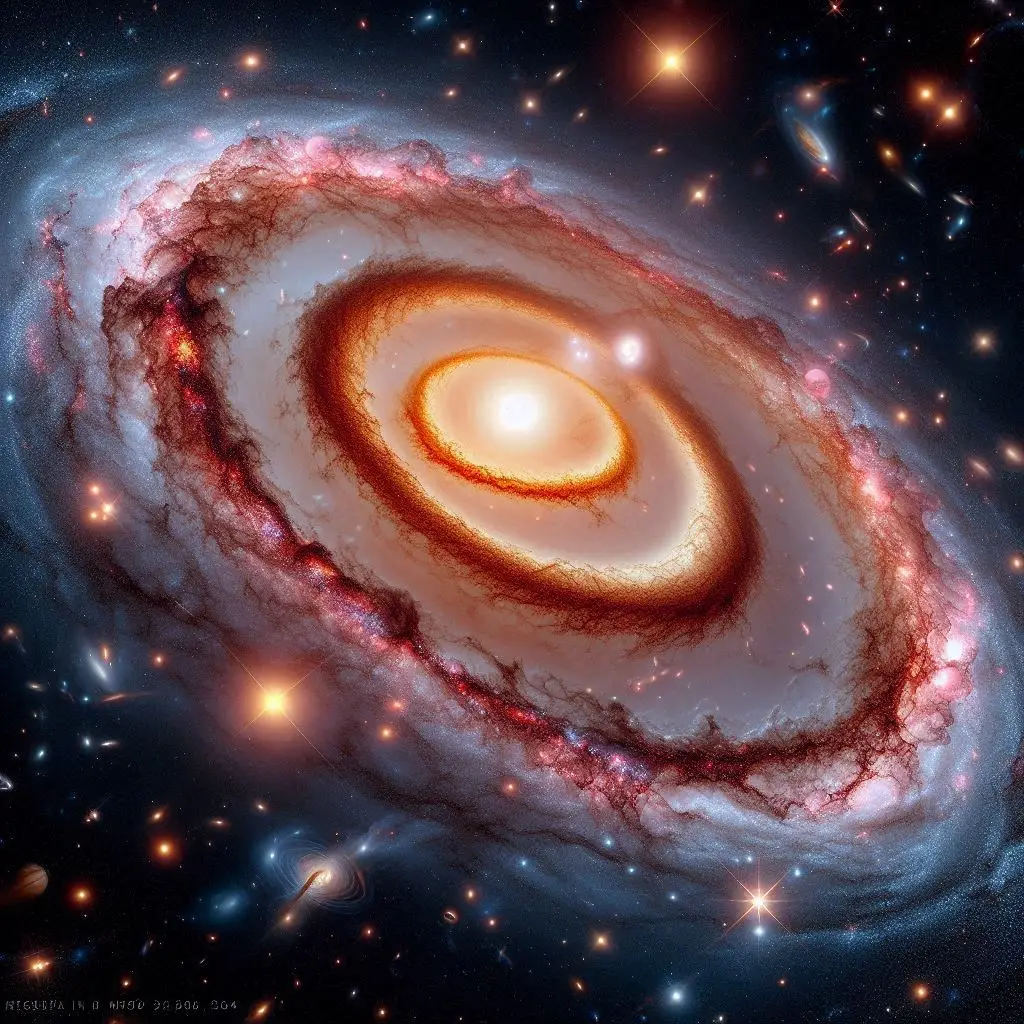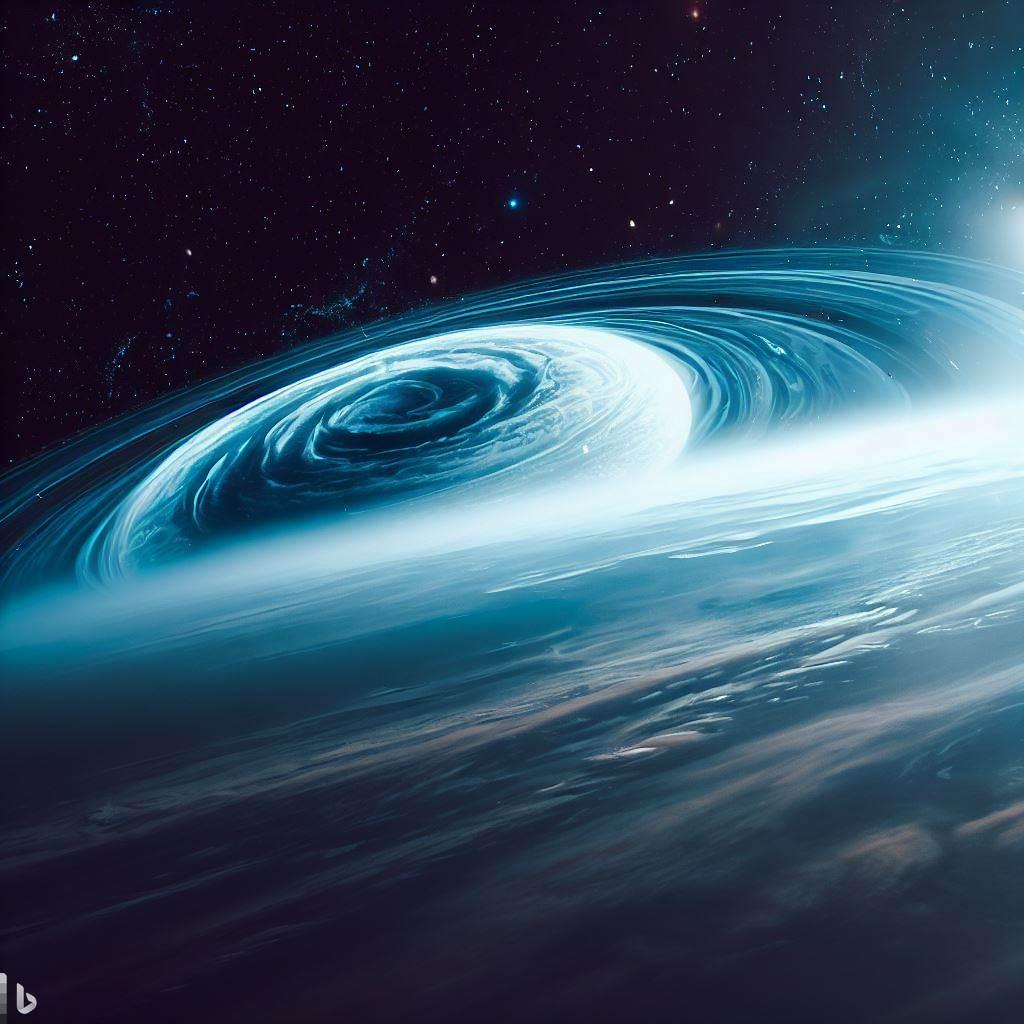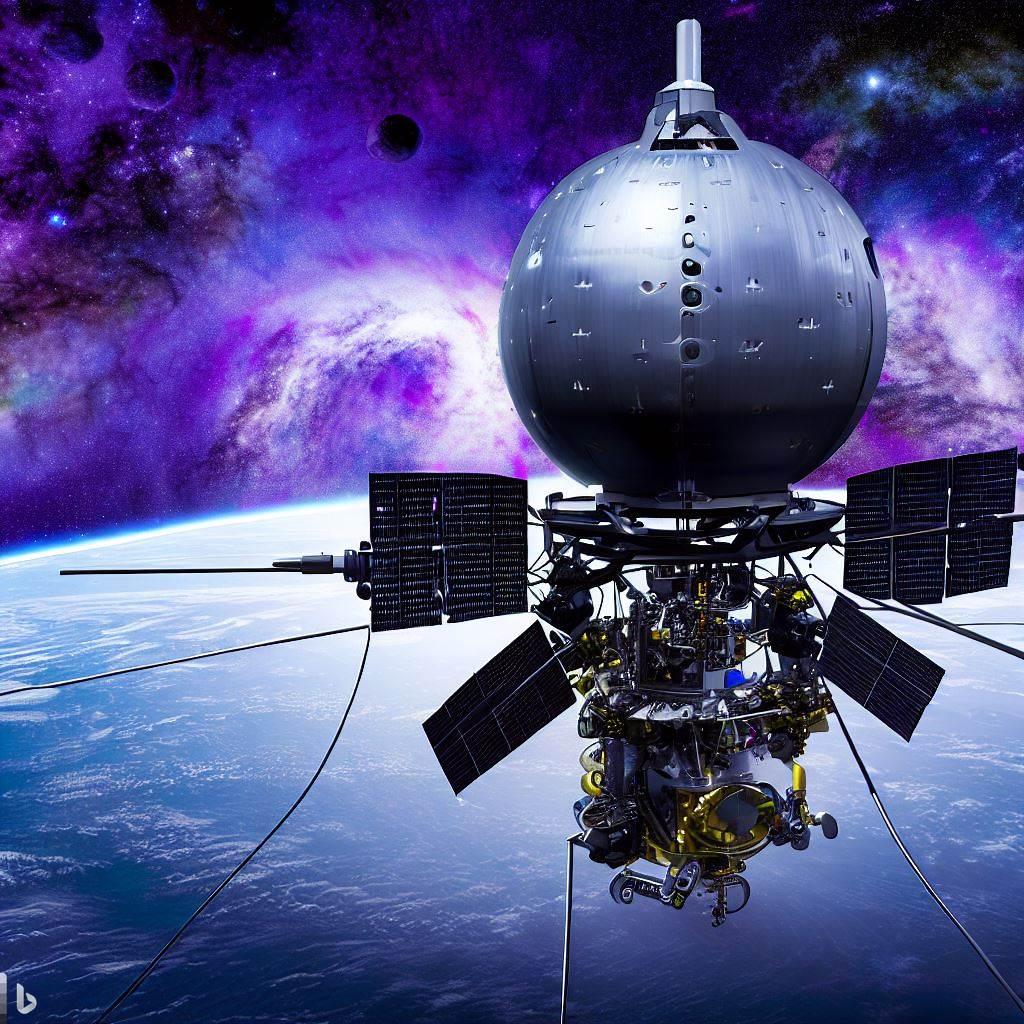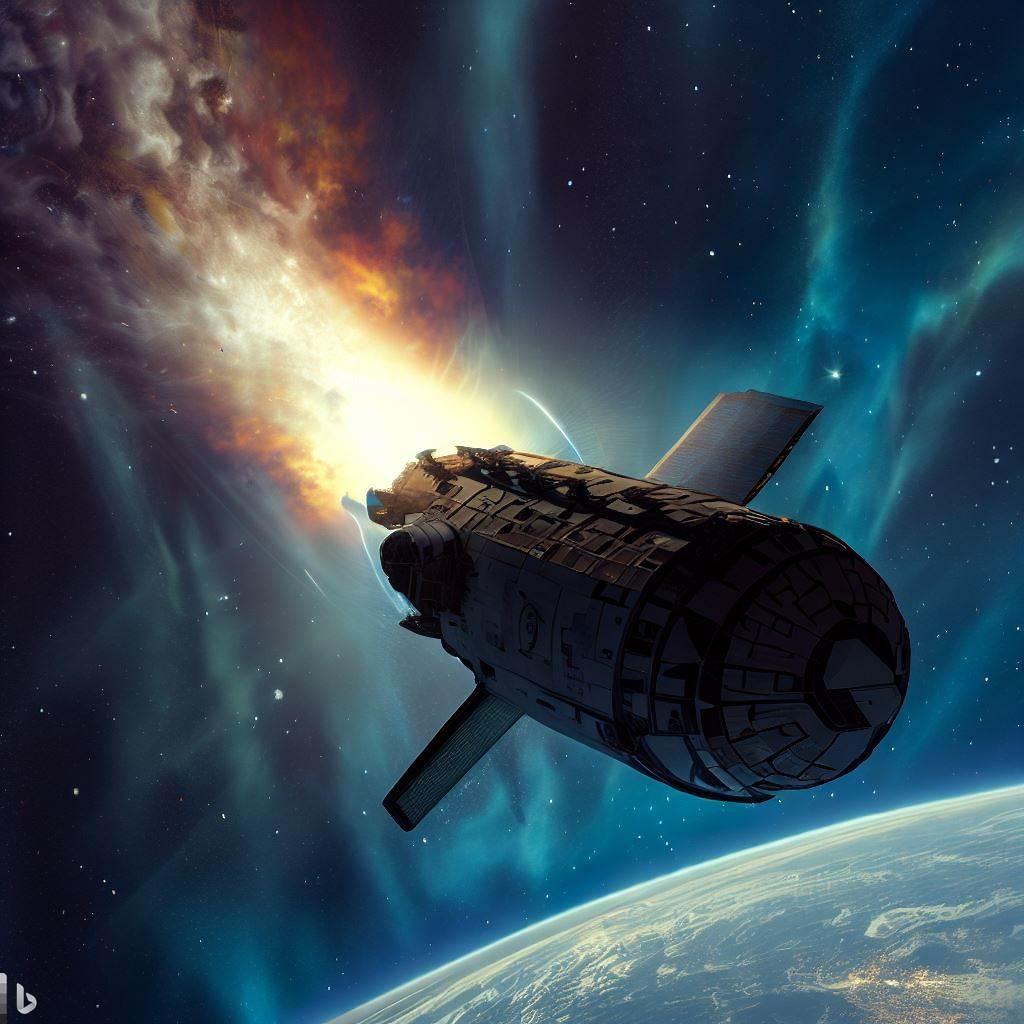It might appear featureless and unexciting at first glance, but NASA/ESA Hubble Space Telescope observations of the elliptical galaxy Messier 105 reveal a dynamic and energetic cosmic environment. This seemingly serene galaxy, located approximately 30 million light-years away in the constellation Leo (The Lion), hosts a central supermassive black hole with an estimated mass of 200 million Suns. This immense black hole's gravitational pull causes the stars near the galaxy's center to move at incredible speeds, indicating the presence of an active galactic nucleus.
The supermassive black hole at the heart of Messier 105 releases tremendous amounts of energy as it devours matter falling into it. This process causes the galaxy’s center to shine far brighter than its surroundings, a characteristic trait of active galactic nuclei. The observations by the Hubble Space Telescope have provided invaluable insights into this phenomenon, showcasing the intricate and powerful dynamics at play within Messier 105.
In addition to the discovery of the supermassive black hole, Hubble has also unveiled the surprising presence of young stars and star clusters within Messier 105. Previously thought to be a "dead" galaxy, incapable of star formation, Messier 105 is now understood to be producing roughly one Sun-like star every 10,000 years. This revelation challenges earlier assumptions about the galaxy's evolutionary state and suggests a more complex history of star formation than previously believed.

Astronomers have detected star-forming activity in a vast ring of hydrogen gas that encircles both Messier 105 and its closest neighbor, the lenticular galaxy NGC 3384. This discovery highlights the interconnected nature of galaxies within the Leo I group and provides a broader context for understanding the mechanisms driving star formation in this region of the universe.
Discovered in 1781, Messier 105 stands as the brightest elliptical galaxy within the Leo I galaxy group. Its relatively close proximity to Earth, combined with its intriguing characteristics, makes it a prime target for ongoing study. The findings from the Hubble Space Telescope not only enhance our knowledge of Messier 105 but also contribute to the broader understanding of galaxy evolution and the role of supermassive black holes in shaping their environments.
Conclusion
The Hubble Space Telescope's observations of Messier 105 have transformed our perception of this elliptical galaxy. Far from being featureless and unexciting, Messier 105 is revealed to be a dynamic system with a powerful central black hole and ongoing star formation. These discoveries underscore the importance of continued astronomical observations and the ever-evolving nature of our understanding of the cosmos. As we delve deeper into the mysteries of galaxies like Messier 105, we uncover the intricate and awe-inspiring processes that govern the universe.









Add a Comment: